Things To Do
Things to do:
* Wander along the sweeping Western Peninsula beaches
* Search for rare Upper Guinea forest birdlife and some rainforest wildlife on Tiwai Island and go birding in Gola Rainforest National Park.
* East fresh seafood at a beach barbecue on Banana Island
* Stay in an eco-lodge at Tacugama and support their inspirational conservation work
* Learn about the old slave castle on Bunce Island
* Dive into the hustle and bustle of Freetown
Western Peninsula Beaches & Banana Islands:
Sierra Leone's beaches are some of the prettiest in Africa and its natural history truly alluring. However a trip to Bunce is a journey back into the darker side of the country's past. While sometimes sobering, no trip to Sierra Leone is complete without visiting this important monument, which stands as a reminder of what drove those who campaigned against slavery.
Bunce Island:
This is the most vivid reminder of Sierra Leone’s place in the slave trade. Substantial remains are still standing and the layout of the site is clearly
visible: the slave quarters, the accommodation of the agents who ran the site and the watchtowers and fortifications built to defend the island against the French and Dutch during the 18th century. A number of canons remain in their original positions.
This tiny island lies about 20 miles upriver from Freetown, at the navigable limit of Africa's largest natural harbour, an ideal position for the slave trading.
Bunce was the largest British slaving station on the West African rice coast, a key part of the slavery triangle.
Rice farmers in the United States were prepared to pay a premium for workers who had experience in the technical art of rice cultivation.
The island was occupied by four different companies at different times from 1670 to the abolition of the trade in 1807, with a brief gap in the 1730s, after the site was overrun by a Portuguese competitor.
The island was a focus for armed conflict as British competitors frequently tried to destroy the site, notably in 1695, 1704, 1728, 1779 and 1799.
The island become Sierra Leone’s first officially protected area in 1948 and is managed by the Monuments and Relics Commission.
In 2008, Bunce Island was placed on the World Monuments Fund’s ‘100 Most Endangered Sites’ list and an international effort is underway to ensure that the site is preserved.
Bunce has been described as ‘the most important historic site in Africa for the United States:’ not only did the island provide the labour for America’s riziculture, but ships based in the northern ports of New York, Newport, Salem and New London also called at Bunce to take on supplies and buy slaves.
Bunce has more numerous and closer links with North America than the more visited slave castles at Gorée in Senegal and Elmina in Ghana, which were more closely associated with the Caribbean. Colin Powell was deeply moved by his visit in 1992: in his farewell speech, he said, ‘I am an American but today, I am something more… I am an African too, I feel my roots here in this continent.’
We can integrate a half-day guided trip to Bunce Island into most tailor-made itineraries - ask us for details.
Tiwai Island and Gola Rainforest National Park:
As is the case in rainforest habitat in many other places across the tropics, mammalian wildlife tends to be skittish and present in low densities. Persecution by poachers remains a problem. Birders however, will invariably be in for a treat what with 14 of the 15 Upper Guinea specials being present. While the herpetofauna is as fascinating - and just as refreshingly 'different' as the mammal fauna is, seeing reptiles and frogs for the most part, is again entirely unpredictable. On the other hand lepidopterists will be in their element, with more than 750 butterfly species being present.
In the words of seasoned wildlife enthusiasts, every visit to protected areas such as Gola Rainforest National Park and Tiwai Island,
making a valuable contribution towards the livelihood of the wonderful resident communities who live there. While infrastructure in those protected areas is basic, our excellent and very capable partners in Sierra Leone and your guide will take care of all the necessaries to ensure you have an interesting general natural history experience.





